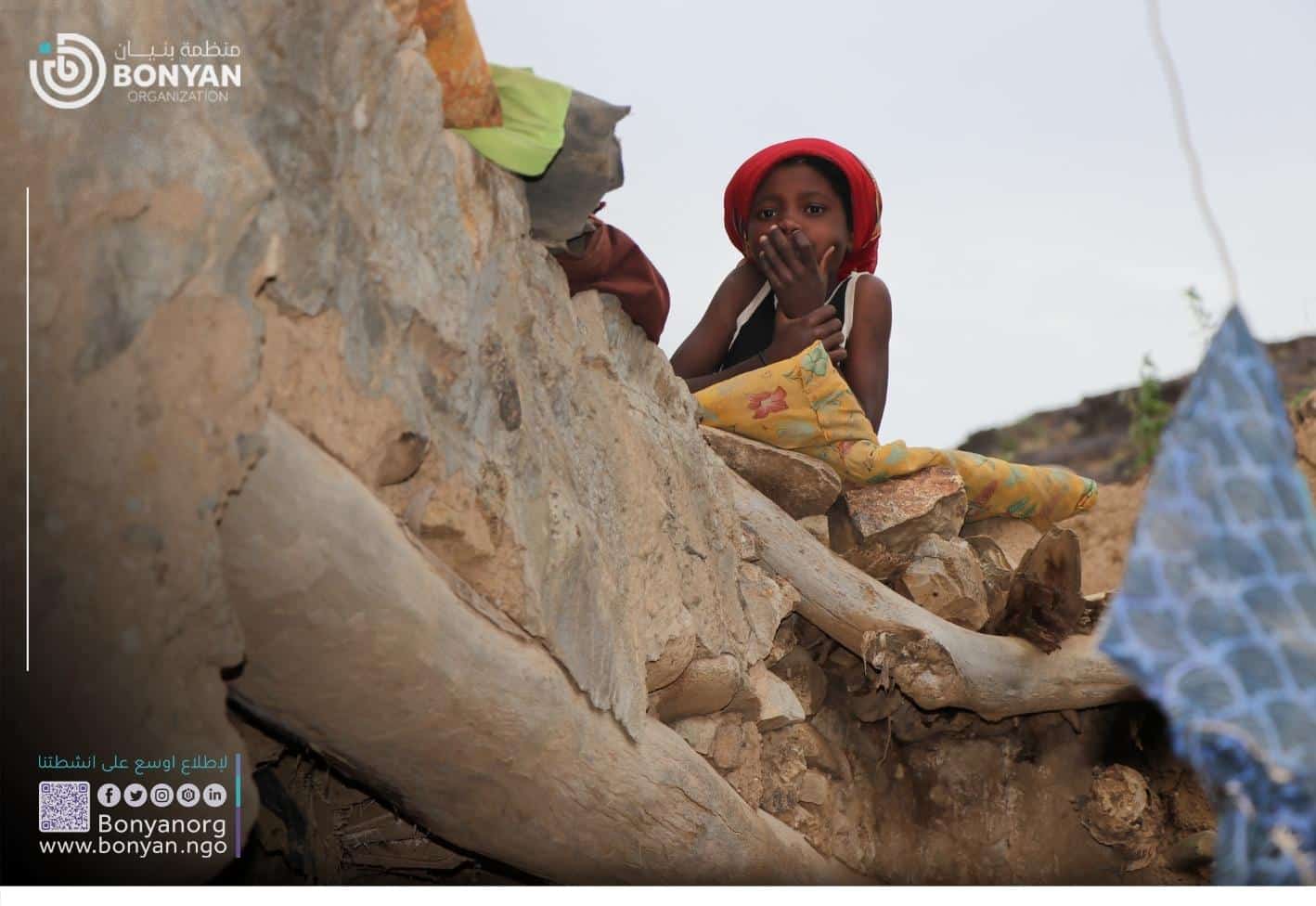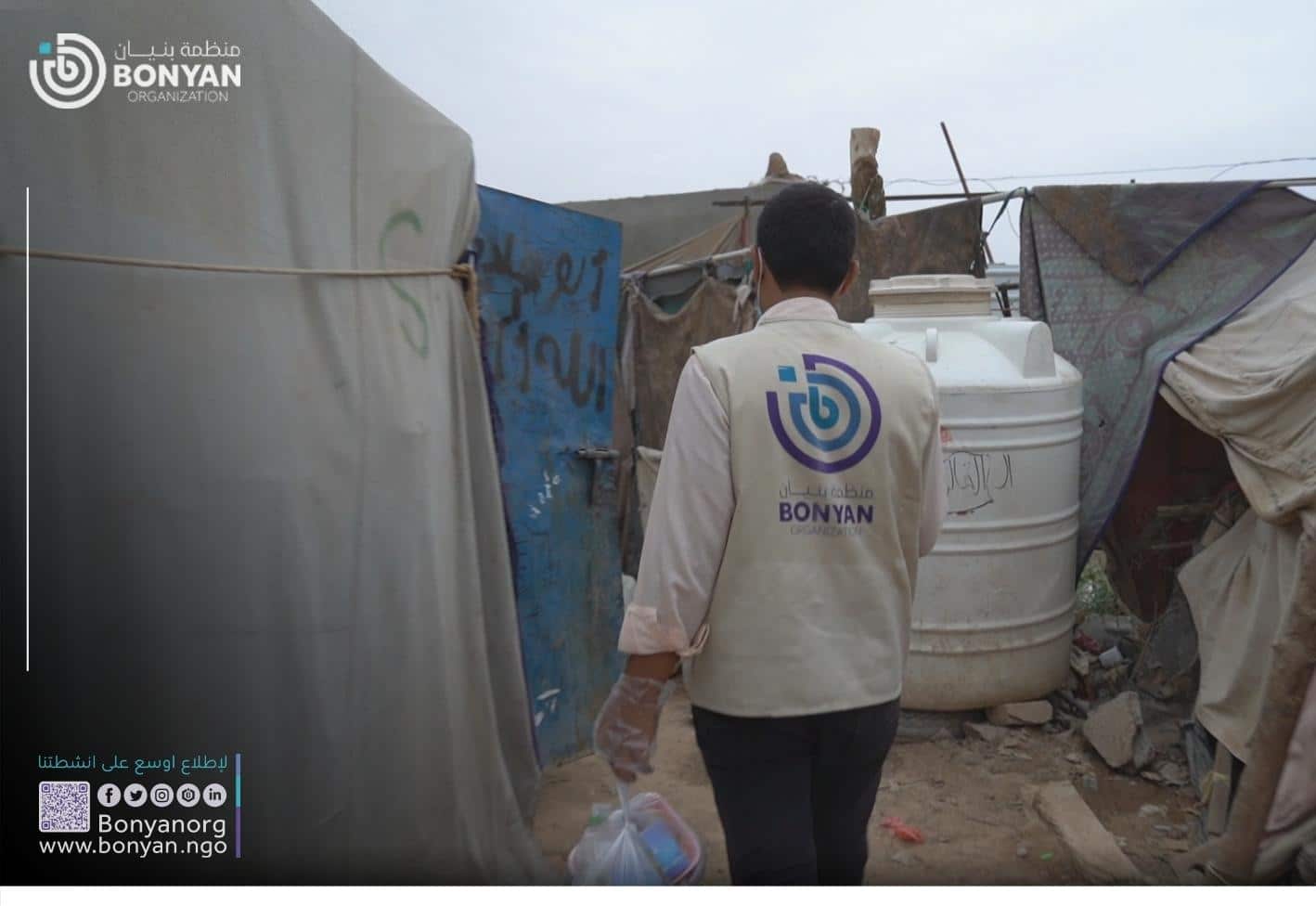Yemen, a nation at the southern edge of the Arabian Peninsula, is gripped by one of the world’s worst humanitarian crises. A devastating famine, worsened by years of conflict and economic collapse, has left millions on the brink of starvation.
The Scale of Suffering
- As of 2024, an estimated 18.6 million Yemenis require humanitarian assistance.
- Of this number, 17 million are food insecure, and that number is expected to rise to 19 million by the end of the year.
- Malnutrition rates, especially among children and pregnant or breastfeeding women, are alarmingly high. 2.2 million children suffer from acute malnutrition, with half a million facing severe acute malnutrition – a life-threatening condition.

Causes: War, Blockade, and Poverty
The Yemeni Civil War
The primary driver of the famine is the ongoing civil war that erupted in 2015. This conflict has pitted the government, backed by external forces, against Houthi rebels, fracturing the country and devastating its infrastructure.
External Blockade
A blockade of Yemen, imposed by a coalition of external forces, has severely restricted the import of food, medicine, and essential supplies. Critics claim this blockade has deliberately targeted civilians and exacerbated the famine.
Pre-existing poverty
Yemen was already the poorest country in the Middle East before the war. The conflict has pushed its already fragile economy to the point of collapse.

Consequences: A Nation in Dire Straits
Famine Conditions
While a full-blown famine has been averted due to international assistance, millions of Yemenis exist on the edge of starvation. In some areas, IPC Phase 4 (humanitarian emergency) conditions prevail. The number of people projected to experience catastrophic IPC Phase 5 (famine) could increase five-fold.
Disease outbreaks
Cholera and other diseases run rampant in the country due to the breakdown of health services and lack of sanitation.
Crippled Economy
War and the blockade have caused Yemen’s economy to shrink significantly. This has led to widespread unemployment, making it impossible for many Yemenis to afford even basic necessities.
Humanitarian Response and Challenges
1. The Vital Role of Aid Organizations: International aid organizations have been at the forefront of providing critical assistance in Yemen. These organizations work tirelessly to deliver food, healthcare, and other essential support to vulnerable populations.
However, their efforts are consistently hampered by a lack of funding and the ongoing conflict.
2. Impact of Funding Shortages: Funding shortfalls pose a significant threat to the humanitarian response. In December 2023, limited resources forced major aid groups to reduce their general food distribution in parts of Yemen, further limiting the reach of life-saving aid.
3. The Urgent Need for Funding: To sustain essential operations and prevent a worsening crisis, humanitarian organizations urgently need increased funding. This funding is critical to address immediate food insecurity and support other crucial aid programs.
The Path Forward: A Plea for Action
The humanitarian crisis in Yemen demands immediate global attention and action:
- Ending the Conflict: An enduring solution to the crisis lies in a political resolution to the civil war, allowing for a focus on reconstruction and economic recovery.
- Lifting the blockade: The complete lifting of the blockade is critical to ensure the unhindered flow of food, medicine, and essentials to the population.
- Boosting Humanitarian Aid: The international community needs to increase funding to support the life-saving operations of aid organizations working tirelessly on the ground.
- Addressing root causes: Future efforts should focus on rebuilding Yemen’s infrastructure, reviving its economy, and addressing the underlying poverty that made this crisis possible in the first place.
Bonyan Organization’s Tailored Aid Efforts in Yemen
At Bonyan Organization, we understand the unique challenges faced by families in Yemen. That’s why we tailor our food assistance programs to address their specific needs.
- Customized Food Baskets: Our food baskets aren’t just a bundle of supplies. They’re carefully designed to provide a family of five with the essential nutrition they need to thrive for a whole month.
- Daily Bread Distribution: We recognize the importance of daily sustenance, which is why we work tirelessly to provide fresh bread to hundreds of needy families.
- Seasonal Support (Ramadan & Eid al-Adha): During Ramadan and Eid al-Adha, we focus our efforts on distributing sacrificial meat and Zakat donations, ensuring the poorest and most vulnerable families can participate in these important traditions.
We’re here for the people of Yemen, and we’ll continue to adapt and expand our programs to ensure no one goes hungry.
FAQs
Why is There a Hunger Crisis in Yemen?
There is a hunger crisis in Yemen due to the conflict and economic decline, which have left families struggling to find enough food to get through the day.
How Does Hunger Affect Yemen?
After five years of continuous war, 20 million people in Yemen suffer from hunger and malnutrition. Two-thirds of all Yemenis are hungry. Nearly half do not know when they will eat next. Hunger has depleted the entire community in Yemen.
Why Is There Poverty in Yemen?
Half of the population lives on less than two dollars per day. The main reason for poverty in Yemen is a lack of essential resources, such as water, healthcare, and education. Rural and remote areas make it physically, intellectually, economically, and socially isolated from the rest of the region.
Is Yemen One of The Poorest Countries in The World?
Yes, it is. Yemen has one of the highest population growth rates globally and is one of the most food-insecure countries globally. Approximately 45% of the population is food insecure, and Yemen’s scarce water resources are far below the regional average.



